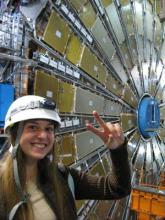Access to Collaboration Site and Physics Results
Kate McAlpine
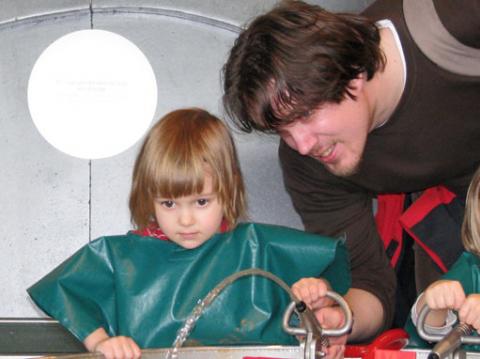
Borut Kersevan
How does Borut Kersevan spend his free time? “What free time? is the answer,” he says with a wry grin. But what little he has, he likes to spend on family, travel, and good conversation.
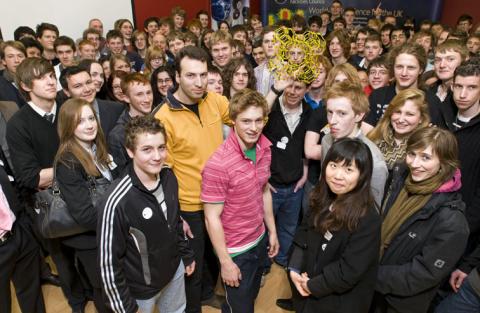
Higgs finds the Higgs at RAL
On Friday, March 13th, British high school student Jonathan Higgs discovered the elusive Higgs boson among the simulated particle tracks in Minerva – a special form of ATLAS' event display program, Atlantis, designed for students in the International Particle Physics Masterclasses.

A comic takes on CERN
If you want insight into the lives of graduate students, look no further than Jorge Cham’s Piled Higher and Deeper comic series, detailing the trials and tribulations of earning a PhD. He brought his well-honed observational humour to CERN, meeting with a few graduate students and post-docs for a slice of life at the world’s largest physics experiment.
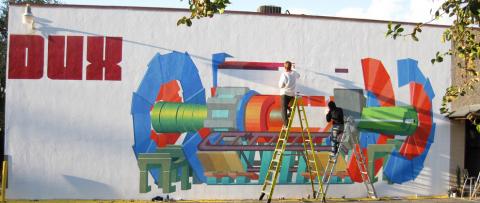
A Wall ATLAS
Twenty-eight-year-old Josef Kristofoletti is a traveling artist. On the site documenting the work of his group, transitantenna.com, he writes: "I am taking a survey of American mural painting in all of its forms, looking for the best pictures across the land, and painting some along the way." One of these paintings is an image of the ATLAS detector, a 13 x 7 metre mural on the side of the Redux Contemporary Art Center in South Carolina, entitled "Angel of the Higgs Boson".
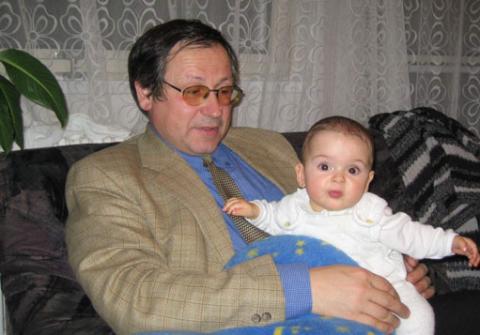
Stanislav Němeček
In his more laid-back free time, Stanislav Němeček enjoys good detective novels and a production about a fictional Czech genius by the name of Jára Cimrman. The legends of Cimrman began in radio shows but later became plays in two parts: a lecture by a “professor” about recently uncovered work by this scientist/inventor/writer/philosopher and a scene played out by actors. The idea of Cimrman has been around since 1966, beginning as sort of a comic, literary protest to Communist rule. New episodes are performed every few years. Though a fictional genius, Cimrman is a symbol of Czech pride.
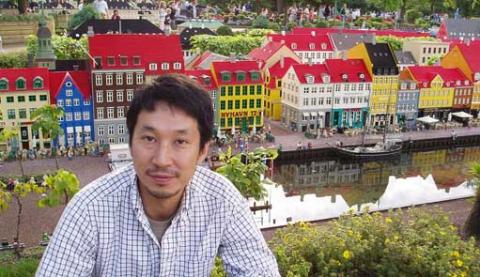
Soshi Tsuno
Soshi Tsuno didn’t know much about particle physics until he met professor Hiroshi Takeda in his fourth year at Kobe University in 1996. At the time, ATLAS collaborators there were already developing the thin gap muon chambers (TGCs) that reside in both the large and small wheels, and Soshi joined this work.


